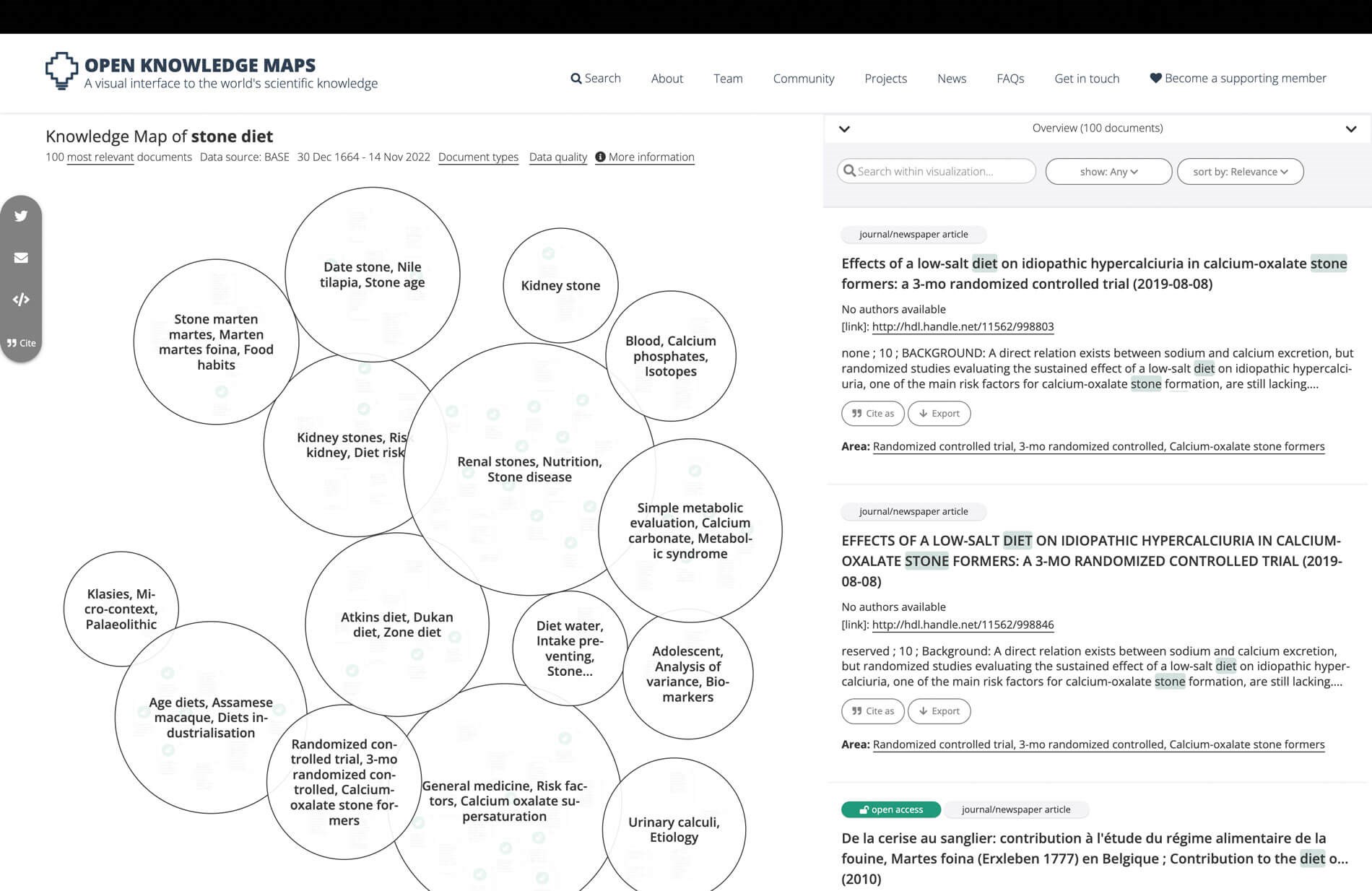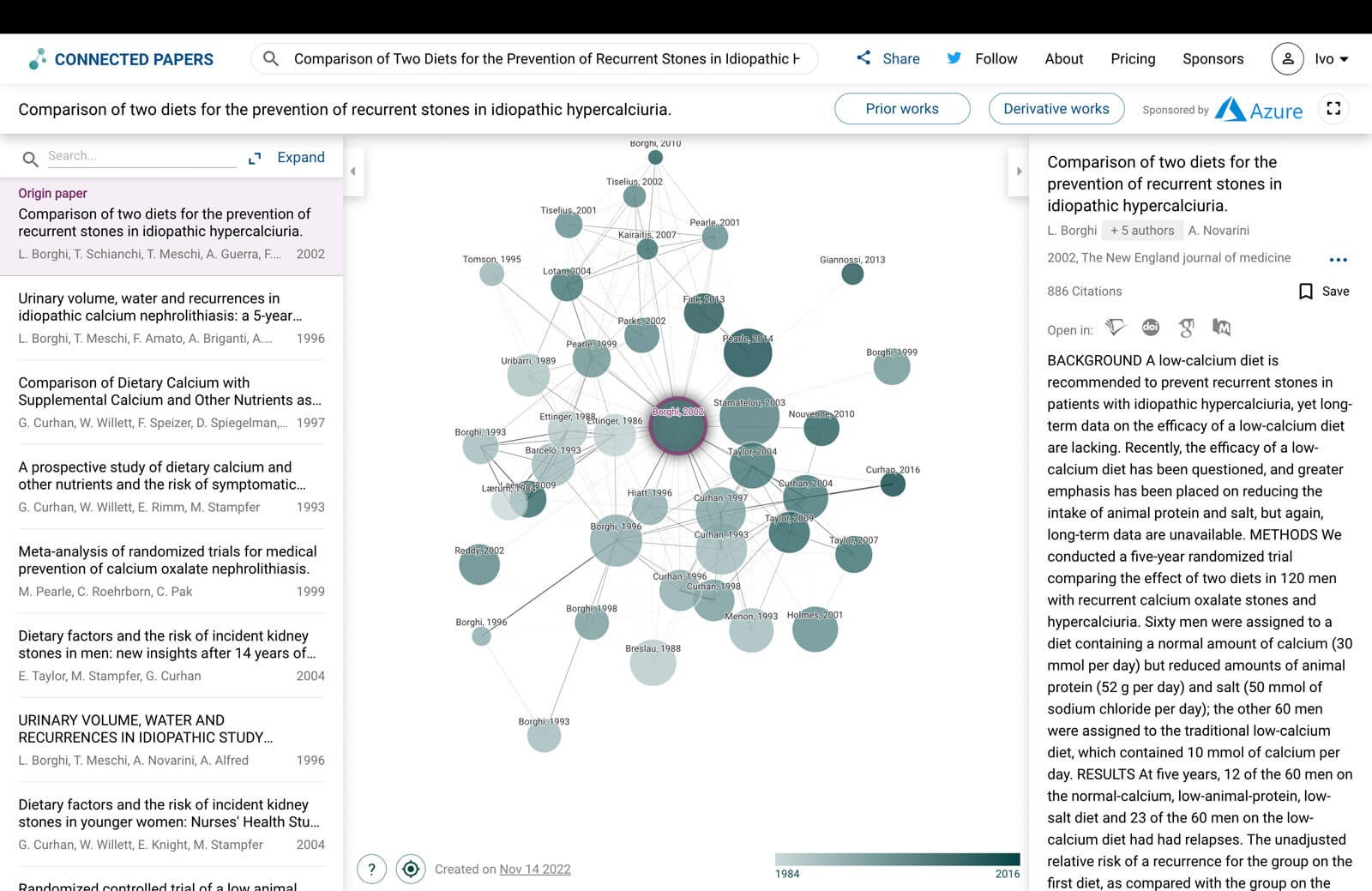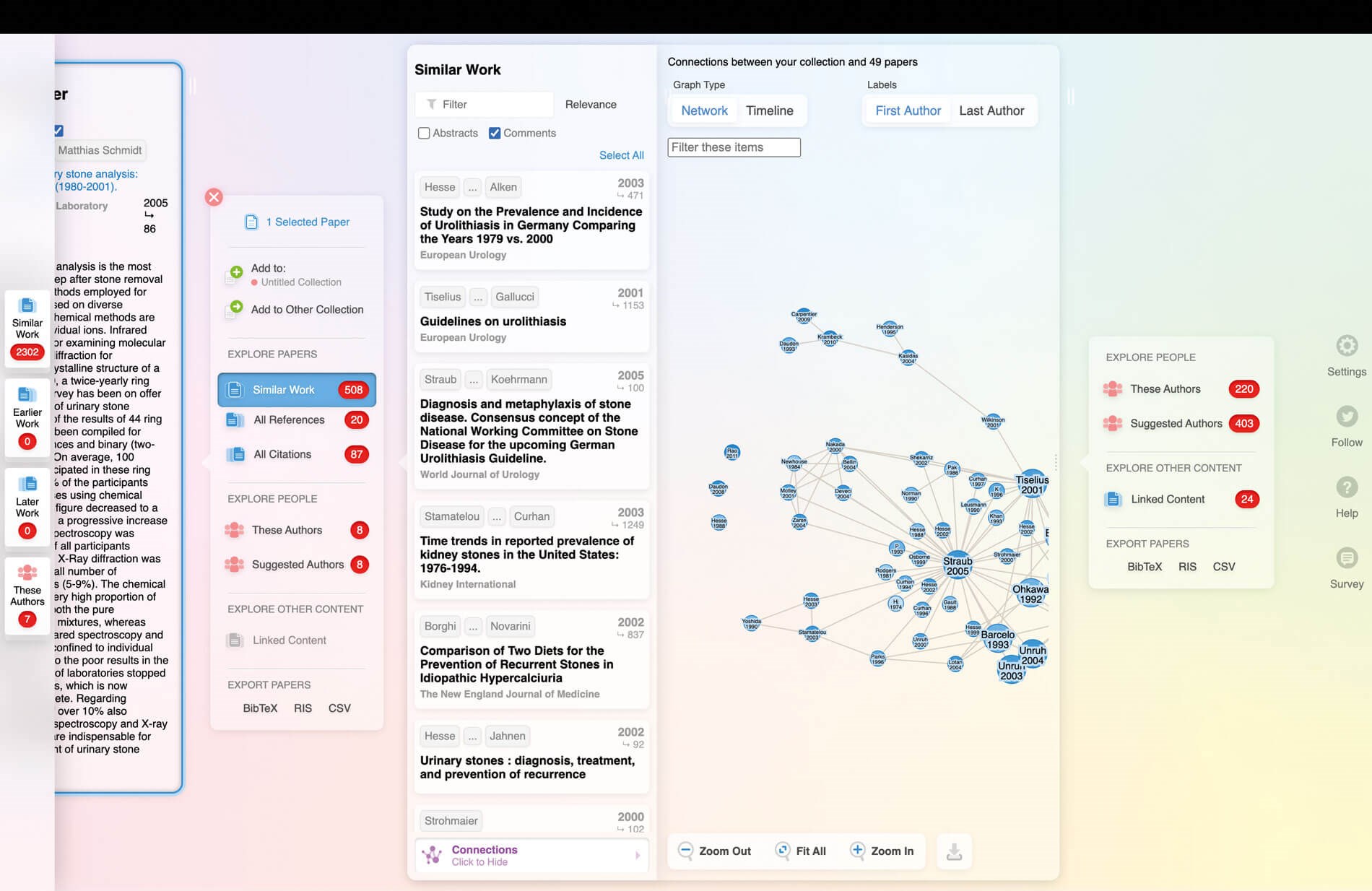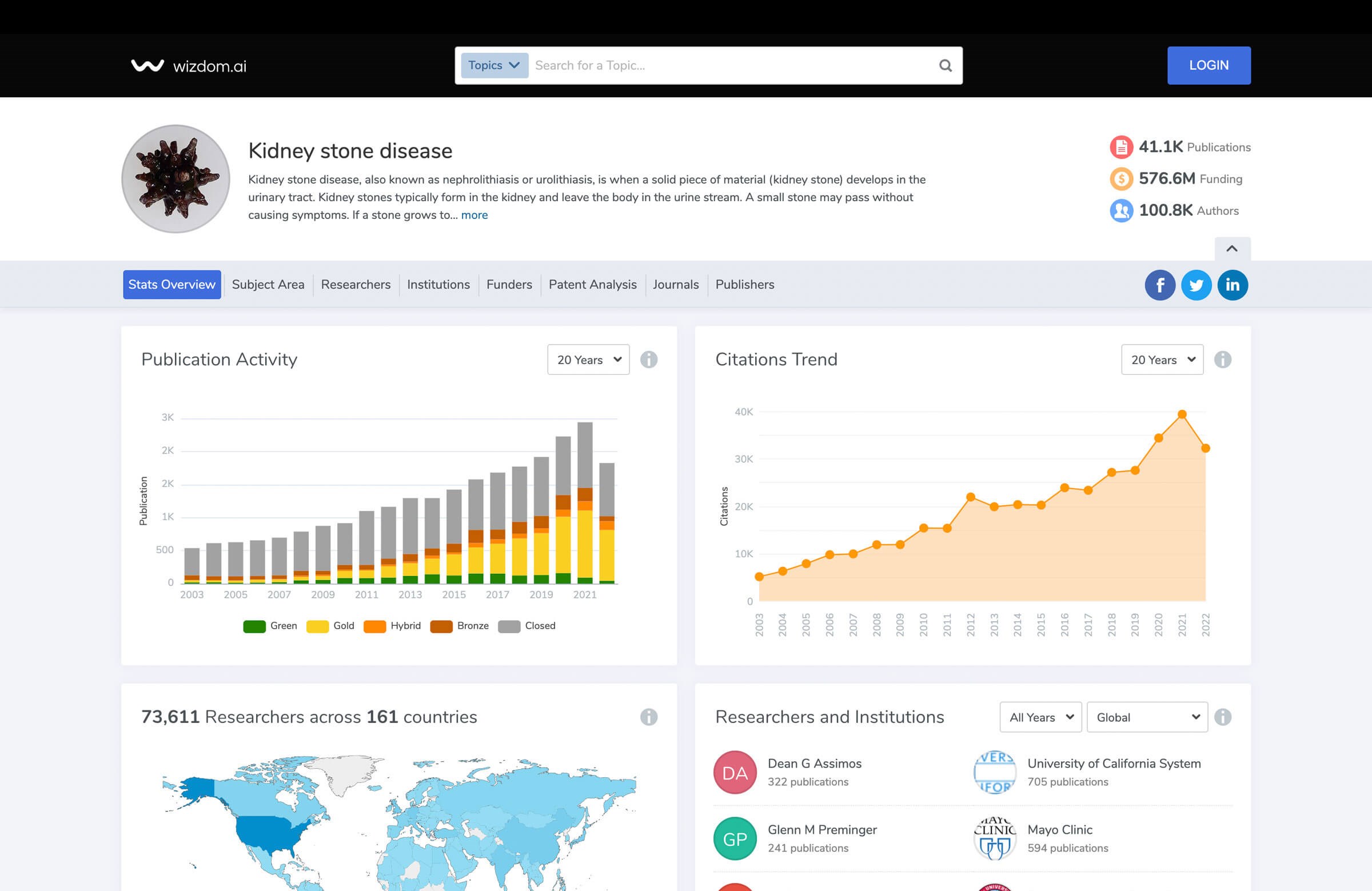Scientific literature continues to expand exponentially, with an average doubling period of 15 years [1]. Staying up to date is an ever-increasing challenge and our time is constantly being consumed by attention-hungry social media platforms, slow NHS IT systems and ever-escalating clinical administration. For this review I have collated a few platforms that may help with staying up to date or gathering scientific evidence.
Semantic Scholar (www.semanticscholar.org)
Developed by the Allen Institute of Artificial Intelligence, Semantic Scholar uses artificial intelligence to unearth meaning from research literature. Using a database of over 200 million papers from all fields of science it acts a search engine which automatically summarises papers into a short form sentence known as Too Long Didn’t Read (TLDR). These summaries save time by allowing users to only read papers directly relevant to the query.
Search results also display Highly Influential Citations, Topics, Citations and Citation Context (e.g. background, methods, results). Searched papers can be saved to a library and the AI on the website will learn and suggest articles on similar topics in the Research Feeds area of the site (free sign up needed).

Connected Papers (www.connectedpapers.com)
Building on the Semantic Scholar database, Connected Papers provides a visualisation of a field of study. You start by selecting a key paper and a visual representation of the field and related papers are created. By selecting each visual representation of a paper (a circle) an abstract (where available) is displayed on the right-hand side. The related papers are also displayed on the left side in citation number order. The selections and searches can be saved. Free searches are limited to five per month, and are unlimited at $3 per month.

Researchrabbit.ai (www.researchrabbit.ai)
Marketed as the Spotify for papers, Researchrabbit.ai takes a similar approach to Connected Papers. Once you sign up, the front page asks you ‘to add a paper you know and love’ with a title, DOI, PMID or keywords. You can then explore Similar Work, References or Citations via a visual format in either a network or timeline format. Clicking on another paper (represented by a circle) shows the papers abstract and then sends you down a virtual rabbit hole as you can then select to explore that paper’s Similar Works, References or Citations in a further visual format or to Explore People or Other Related Content. At each stage a list of papers can be exported in BibTeX, RIS of CSV formats.

Wizdom.ai (www.wizdom.ai)
Wizdom.ai starts with a topic or journal and provides detailed breakdowns of the numbers of publications, citations, top researchers and top institutions related to the topic or journal. The top journals in the that particular field are listed, as well as a link to related keywords. Grant allocation by funding bodies is also listed for each topic displayed.

References
1. Fortunato S, Bergstrom CT, Börner K, et al. Science of science. Science 2018;359(6379):eaao0185.





